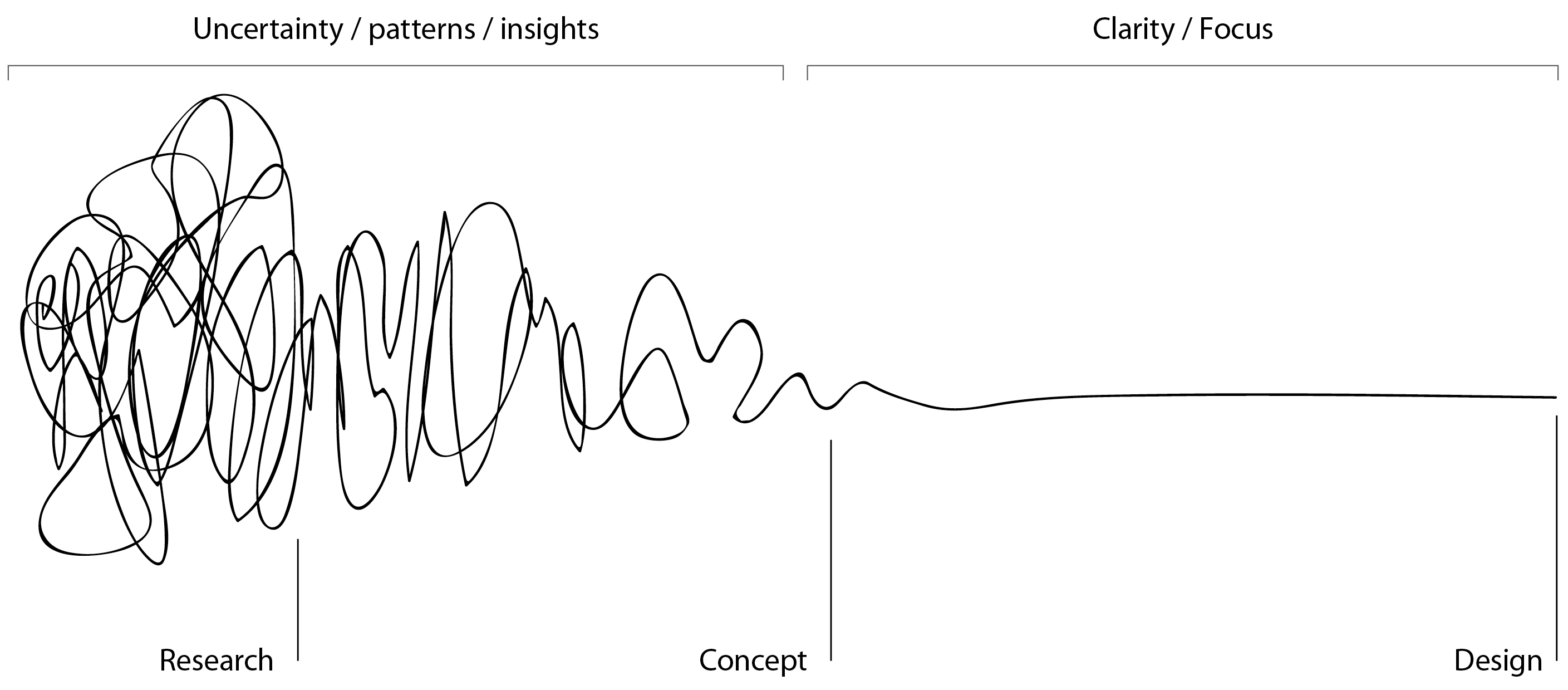Last week in my PR publications class, we discussed the creative process and all the thought and effort that goes into design or anything creative for that matter.
This week, we looked at the basics of design and typography, which we must know to create an aesthetically-pleasing piece that communicates a message at the same time.
Tuesday was all about the design values and design principals. The basic design values that give pieces a pleasing look are simplicity, minimalism, clarity and unclutteredness. Simplicity relates to something not being overdesigned, which can happen often for new designers. I remember my first piece I ever graphically designed for my graphic arts course at Eastern Oklahoma State College. It was an infographic with a map of southeastern Oklahoma on it. I used like ten different fonts and varying weights on lines. My instructor said it was a nice try, but it was just too much. In addition, the piece violated the other design values. It was complex, using lots of color and space, throwing minimalism out the window. The copy was clear, but the background image I chose was pixelated and distracting, so the entire piece wasn't easy to read. The design itself seemed cluttered, like all of my elements were panicking in little claustrophobic spaces on the page.
Thankfully, I learned my lesson and designed a better-looking typography poster for my second assignment.
Next, we discussed leading the eye in a design. Basically, designing the way we read- left to right, top to bottom.
Now for my favorite part. We talked CRAP. Yes, CRAP, which are the four basic design principles, contrast, repetition, alignment, and proximity.
Contrast deals with making things different to enhance legibility and look. This can be with colors, like using a light color with a dark color, or fonts, bold with unbolded, one font family with another, etc. Repetition is consistency in a piece. It's necessary to keep consistency in a piece, especially in a PR publication, because it represents a brand. Repetition unifies and strengthens our pieces. Alignment is making sure things are lined up. Finally, proximity is space, closeness, etc. Information should be organized with proximity i.e. we don't want a paragraph detailing a topic far away from its headline.
We wrapped things up with a discussion on how to achieve balance while telling a story, like using color and being bold or minimal in our designs and some basic techniques to make our designs pleasing to the eye.
 |
| The 10 Commandments of Typography. Graphic by Designmatic. |
Back to PR Pubs. We couldn't have a PR Pubs class (or basically any modern technology for that matter) without our good friend Gutenberg and the printing press. Or our good friends who invented writing, the Romans...or the Greeks...or the Phonecians...or the Sumerians. Our alphabet has a complex past, to say the least.
After about 25,000 years of world history, we meandered back to the present. Bad typography can detract from a piece. Readers can get so distracted by a bad font or arrangement of the type that they lose our message or stop reading entirely.
Next, we looked at different terms, like typeface, character, uppercase, lowercase, etc. The main thing we wanted to get out of the course today was the difference between a serif font and a sans-serif font. Basically, this or this. Those little strokes that hang off the letters in a serif font are called serifs. Sans in French means "without." Hence, sans-serif, or without serif. I struggle with mixing serif and sans serif fonts. I liked looking at the font blending slideshow today because it gave me an idea of how to do just that.
I also learned today what a pica is. Everytime I got on InDesign, my measurements are always set to picas. Now, I know it takes six picas to make one inch. I also learned what leading and kerning are. I literally have never seen those words in my life untile today. Leading is the space between lines of text. Kerning is the space between letters. The more you know.
 |
| Welcome, yall! Pencil fonts are popular. Photo by Wyatt Stanford. |
For our homework, so to speak, we had to look at posters with typography to see what type/design principles were employed. I went to visit my Choctaw advisor in Copeland Hall today when I noticed her welcome sign. It's written in a pencil-looking font. Pencil fonts and brush fonts I have noticed have become very popular recently. Every poster I see uses this brushy, cursive font and I am dying to know what it is. I have seriously seen it everywhere, from menus, to billboards, to social media posts, etc. I cannot escape this font.
After my meeting, I was walking down the stairs and noticed a flyer for student media hanging on a billboard. I noticed that the type was used for visual interest. The design featured a map of Oklahoma with the different aspects of student media in a wide number of fonts. The "reporting" is the most prominent word. From the word reporting, the eye is taken right to the other bolded words and then, finally, to the periphery of the desing. This demonstrates how
 |
| Flyer for Student Media. Photo by Wyatt Stanford |
This week was very insightful. I am excited to put my knowledge of design basics and typography to work in the future.






